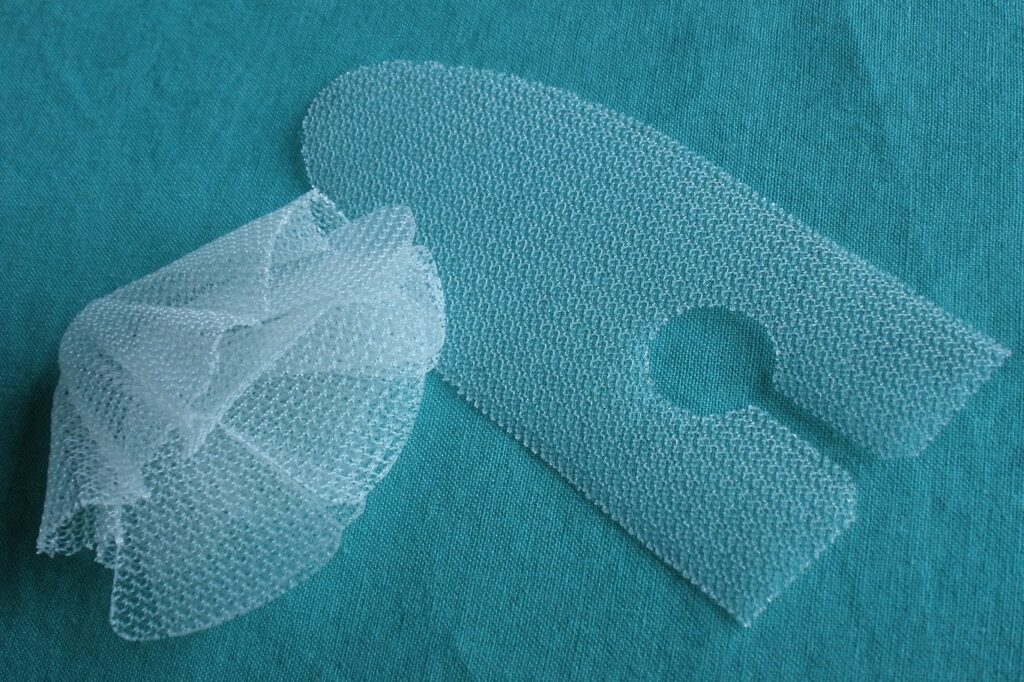An X-ray is a non-invasive, fast, and painless medical technique that creates images of the interior of your body by using electromagnetic waves to transmit information to a computer. According to the tissue types that absorb varied quantities of radiation, it exhibits variable degrees of black and white colors.
It is primarily utilized for the diagnosis of broken bones and joint dislocations. This medical examination equipment does not require any additional preparation. In addition, it provides fast findings, making it a preferred imaging technique for physicians who suspect a bone abnormality in a certain patient.
This blog discusses the types of injuries that x-rays may detect and the typical ailments.
Why Are X-rays Used?
Your doctor can use an X-ray to effectively identify and treat a variety of types of injury, particularly the following:
- An X-ray assists a physician in diagnosing fractured bones and dislocated joints quickly and correctly. This diagnostic instrument can precisely locate and classify the fracture, whether the fracture is a small crack or a complex break. In addition, it can help confirm if a suspected fracture is there or not. If there is no fracture, the doctor may request further tests or scans to ascertain the nature of the patient’s issue or injury.
- Following fracture therapy, an X-ray may also be used to determine if the fractured bone pieces are correctly aligned and stable.
- Orthopedic surgeons utilize X-ray equipment to assist them throughout different kinds of surgery, including spinal fusion, joint replacement, and fracture therapy.
- An X-ray shows an infection, damage, rheumatoid arthritis, as well as aberrant bone growths and spurs. Additionally, it may reveal the presence of collected fluid surrounding the joint or loose fragments of a broken bone.
- An X-ray may reveal foreign things within the body, such as ingested objects in the stomach, shrapnel, or surgical instruments left inside the patient after an operation.
Your doctor may suggest an X-ray to rule out other possible causes of discomfort. If the x-ray is negative or inconclusive, then further scans or tests may be needed. It will help the doctor properly diagnose and treat your problem.
X-rays can detect the following seven different types of injuries.
1. Broken Bones
When most individuals consider an x-ray, they picture a shattered bone. This connection is correct since an x-ray uses a low amount of ionizing radiation to create an image of any bone in the body. Therefore, it is usual to utilize x-ray pictures to diagnose and detect fractured bones.
Whether the injury is a complex fracture or a small crack on the bone, an x-ray is often the quickest and most accurate method for a doctor to determine the size and kind of break. In addition, an x-ray can evaluate if the bone fragments are mending correctly, stabilizing, and aligning properly.
On the other side, an x-ray picture may reveal that a feared bone fracture is completely unbroken. When doctors determine that a break is not to blame for the pain, they may proceed to other conclusions and do further scans or tests to ascertain the true cause of the patient’s suffering.
2. Dislocated Joints
An x-ray is one of the primary methods to detect whether a joint is injured or dislocated. A dislocation injury results in the loss of physical congruence between the bones of a joint. It results in joint discomfort, swelling, and immobility. This gap between two normally neighboring bone segments impairs a joint’s ability to function normally.
When a joint dislocates, the distance between the distal bone and the nearby bone is more than or equal to the distance between the distal and proximal bones. It implies that although the distal bone may dislocate from the adjacent bone, the proximal bone cannot. For instance, the upper arm bone may dislocate from the collarbone, but not the collarbone from the arm bone.
If a digital x-ray shows a dislocated joint, a doctor would usually request an MRI scan further to evaluate the soft tissue structures around the joint.
3. Retrieval of Foreign Objects
When a toxicant enters the body, locating and retrieving may be challenging. To facilitate and improve foreign body removal, medical practitioners utilize x-rays to see inside the body’s tissues to determine precisely where the foreign object is. An x-ray picture may show shrapnel, surgical instruments left behind inadvertently, and things ingested accidentally.
Foreign substances enter the body via the airway by being ingested, becoming stuck in the stomach or throat, or getting entrenched in soft tissues. Around 80% of foreign body ingestions occur in children. Although most foreign bodies transit harmlessly through the gastrointestinal system, certain instances need surgical intervention or endoscopic surgery to eliminate it.
The nature of the foreign body and its method of entry dictates how the foreign body ingestion will be dealt with. X-rays are most often used to check the stomach, throat, and esophagus in instances of ingested foreign objects. Additionally, an x-ray detects foreign items trapped in soft tissue. Finally, the discovered foreign object is removed using the appropriate techniques.
4. Bone Spurs and Growths
The growth plate of a bone includes specific cells that control how the bone develops in length. Since growth plates are softer than bone and include fewer minerals, they appear darker on the x-ray scan and are easily identifiable. A broken growth plate may cause discomfort, edema, and soreness in the afflicted region and an incapacity to move the area.
Along with damage to the growth plate, an x-ray may reveal additional issues with bone development, such as bone spurs. Bone spurs are bony protrusions that develop along the edges of a bone or at joints. Depending on the location of the bone spurs, there may be no symptoms. But in certain cases, they may cause severe swelling and limit the range of motion. So, if there are symptoms, then treatment will be required.
5. Bone Cancer
Bone x-rays detect bone malignancies. Medical experts search for a piece of ragged material rather than solid bone cancer to diagnose it. Additionally, cancer may manifest as a crack in the bone. By demonstrating the presence of collected fluid surrounding a joint, x-rays may also reveal the presence of a tumor near the bone. In rare instances, physicians may detect a tumor surrounding the defect that has spread into the underlying muscles and associated cells.
6. Injury to the bone
Along with detecting bone fractures and breaks, an x-ray can show other bone diseases like infection or arthritis. After x-ray scans reveal these issues, the doctor may place the patient on the appropriate treatment plan to recover. In addition, occasional x-rays efficiently monitor bone changes that may occur due to certain metabolic disorders.
Additionally, an x-ray may reveal if there are any loose fragments of a broken bone. Once a fractured bone no longer needs a cast, problems may still occur throughout the healing process. Therefore, a follow-up x-ray may assist in determining if the fracture has healed correctly. Furthermore, it can also tell if the patient is in danger of having another fracture.
7.Guided Surgery
When conducting different kinds of surgery, an orthopedic surgeon can depend on x-ray equipment for assistance. Spinal fusion, fracture therapy, and joint replacement are all examples of frequent surgical procedures that need x-rays. The surgeon can utilize an x-ray to guide them through the procedure and ensure that the right region is treated.




